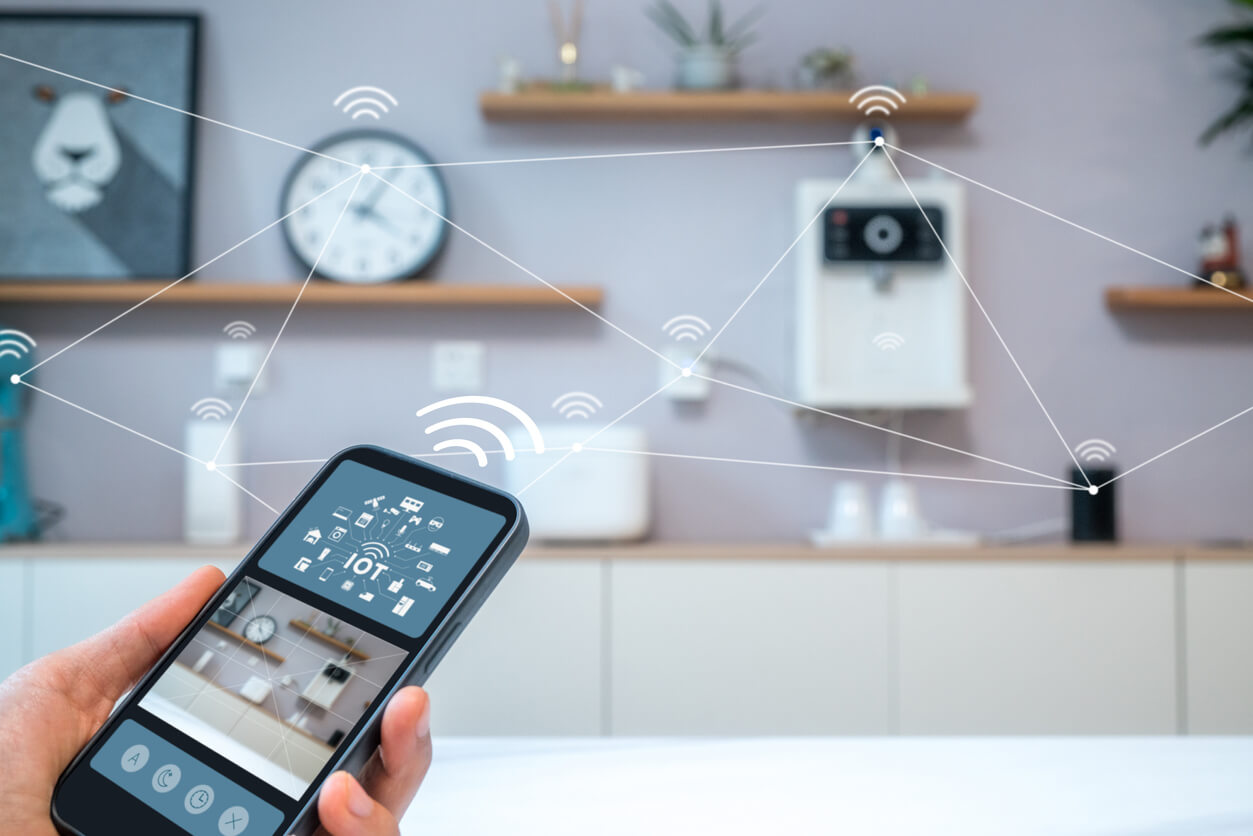What Is the Internet of Things (IoT)?
At its core, the Internet of Things (IoT) means connecting any device with an on/off switch to the Internet, and to other devices with on/off switches for the purpose of sharing data over a network. It’s basically anything you can think of, but common examples include wearables like the FitBit or UP Band, small appliances like TV’s, coffee makers and toasters, and larger ones like washing machines and refrigerators, as well as other everyday items like headphones, gaming systems, lamps, sound systems, and even your home security system.
What Does It Do?
The availability of Broadband Internet, the fact that it costs much less to connect, the creation of more and more devices with Wi-Fi capabilities and built-in censors, the decreasing technology costs and the fact that the smartphone has saturated the market have combined to create a “perfect storm” for IoT. The analyst firm Gartner predicts that by 2020 there will be over 26 billion connected devices and that the IoT will drive about $300 Billion in incremental revenue. It’s essentially a giant, complex system of connected things, although in this case “things” also includes people. So the connections will be between people-people, people-things, and things-things. The rule of thumb of the future is that if it can be connected, it will be. Which means that app developers and hardware manufacturers alike are going to build IoT capabilities into all new products launches moving forward, even if we aren’t using the technology yet.
But What Is the Point?
In a word – efficiency. Many of the current and projected applications of the IoT focus on ways to be more efficient. For example, having your alarm clock notify your coffee maker to brew you a cup when it goes off each morning. Or connecting your car with your calendar so that it can tell the GPS the most efficient route to take to your afternoon meeting, avoiding traffic and even notifying the other party if you are going to be delayed. Or helping you to be more energy efficient by powering down devices when you aren’t at home, and adjusting the temperature on the thermostat as well. The Internet of Things is already in use today and if you use a fitness wearable to track your workouts, eating and sleeping habits, or program your DVR from your smartphone you are already part of the movement. The thing with IoT is that we have only just scratched the surface on how it can be applied to both daily personal routines and major international systems. When applied to those larger systems like transportation or urban development, the IoT can potentially help reduce waste and increase energy efficiency in a way that relying on humans cannot. Imagine, as one small example, if a waste management company had the ability to create collection routes based on receiving an alert that a community receptacle was nearly full, instead of coming by once a week regardless of whether it really needed servicing. Apply this concept more widely to transportation, utilities, and general services, and an entire “Smart City” seems within reach. Because the foundation of the IoT is data – lots and lots of data! – the possibilities are endless as to what apps can track, analyze and then share with other connected devices or systems, with the goal of identifying trends and creating efficiencies. Even though we can’t fully understand or imagine the impact of this connectedness, it’s equally difficult to imagine any single field or industry that won’t be able to capitalize on some opportunity that is created by the IoT.
Is the Internet of Things Secure?
Security is the #1 concern surrounding the IoT, and that’s no surprise considering the sophistication of hackers and the major hacks that have been making headlines over the last year. It may be super convenient to connect your home security system to your smartphone, but you may as well just hand over your keys if the app controlling it is vulnerable to being hacked. It’s impossible and unfair though to make a blanket statement that the security risks increase with IoT devices, because as with anything there will be good ones and bad ones. Just because they are using Cloud technologies to run doesn’t make them any less secure or private; nor does it guarantee that they aren’t vulnerable. What this means to us as consumers is that we have to be smart about how we adopt IoT personally. Do your homework, and understand what amount of risk is involved with connecting the coffee pot and then you can decide if the time saved is worth it. You should also take steps to ensure that your home Wi-Fi is secure and not vulnerable to being hacked – and that goes whether you embrace emerging IoT technology or not. Home Wi-Fi networks should use encryption and password-protection, and you should never use banking or shopping apps when connected via public Wi-Fi in coffee shops or other retail outlets. Have questions about Cloud Technologies or how to make sure your personal or business network is secure? Check out our recent blog post on some common Cloud myths, or schedule a free IT assessment with one of our expert technicians. You can also reach us at 877-367-9348 or service@corsicatech.com. Or request a call from a member of our team.






